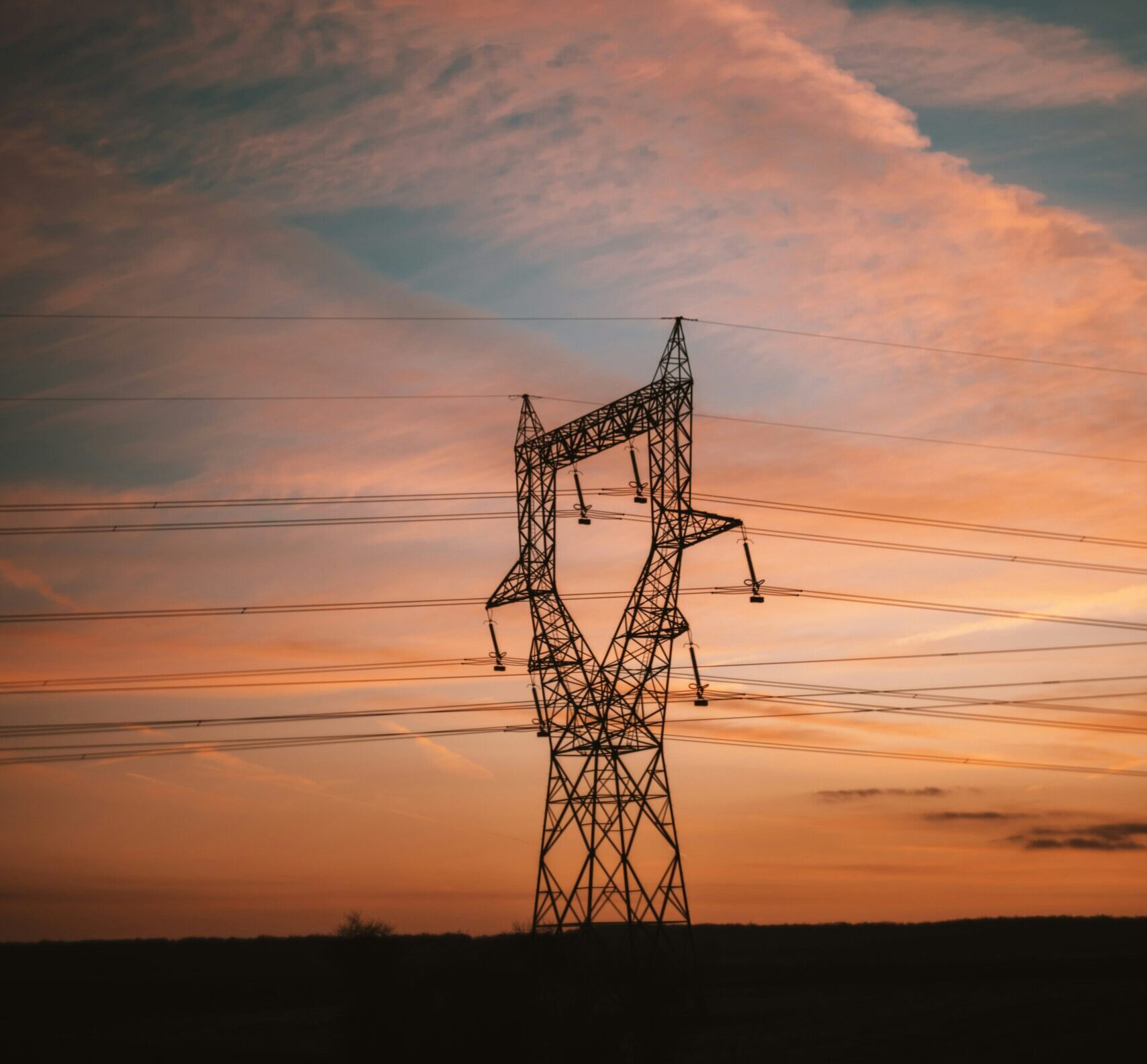Spotlight
Steeped in the energy industry
We are in the know.
Secretary of Energy Directs FERC to Initiate Rulemaking Regarding Interconnection of Large Loads

In a letter to the Federal Energy Regulatory Commission (FERC) and attached advance notice of proposed rulemaking (ANOPR) issued on October 23, 2025, the Secretary of Energy (Secretary) directed FERC to initiate rulemaking procedures to address the interconnection of large loads. While acknowledging that FERC has not historically exercised jurisdiction over load interconnections, the Secretary announced his view that the interconnection of large loads directly to the interstate transmission system is within FERC’s jurisdiction. In addition to explaining why the Secretary believes FERC has jurisdiction over such interconnections, the ANOPR includes a list of principles that the Secretary believes should inform the Commission’s rulemaking. The Secretary expects final FERC action no later than April 30, 2026.
This ANOPR adds to the already significant activity at FERC on the issue of large data center loads. For example, Southwest Power Pool, Inc. recently filed tariff revisions to address “High Impact Large Loads” in FERC Docket No. ER26-247-000. In February 2025, FERC initiated a show cause proceeding in Docket No. EL25-49-000, consolidated with AD24-11-000 and EL25-20, concerning PJM Interconnection, L.L.C.’s handling of co-located loads. Also, PJM is currently engaged with its stakeholders in a Critical Issue Fast Path process to address large load additions.
FERC Issues Notice Inviting Comments
In response to the Secretary’s letter, on October 27, 2025, FERC issued a notice inviting comments in Docket No. RM26-4-000. Comments are due on or before November 14, 2025, and reply comments are due on or before November 28, 2025.
Background
The Secretary discusses expectations for rapid growth in demand for electricity, citing North American Electric Reliability Corporation (NERC) and Department of Energy (DOE) data. Noting that there are several “drivers” of this growth, the Secretary highlights the “size and speed with which data centers can be connected to the grid.” Due to the significant anticipated demands of these loads and the necessity for timely meeting these demands through open and non-discriminatory access, the ANOPR proposes creating standardized interconnection procedures and agreements to address these large load interconnections.
DOE’s View of FERC’s Jurisdiction
The Secretary provides four legal justifications for FERC’s jurisdiction over large load interconnections. First, the Secretary explains that, like generator interconnections FERC already regulates, large load interconnections are a “critical component of open access transmission service,” and therefore “require minimum terms and conditions to ensure non-discriminatory transmission service.” Second, large load interconnections directly affect jurisdictional wholesale electricity rates, over which the Commission has exclusive jurisdiction under the Federal Power Act (FPA). Third, the Secretary states that FERC’s assertion of jurisdiction would not impinge on the States’ authority over retail electricity sales. Finally, the Secretary observes that the FPA grants FERC exclusive jurisdiction over interstate electric transmission, including associated rates and terms and conditions, and facilities “for such transmission or sale of electric energy at wholesale in interstate commerce.” It is access to this transmission service that large loads seek.
Principles to Inform FERC’s Rulemaking
The Secretary sets forth fourteen principles that “should inform the Commission’s rulemaking procedures.” These include:
- To avoid conflicts with State jurisdiction, the ANOPR limits the scope of FERC’s jurisdiction “to interconnections directly to transmission facilities, consistent with the Commission’s seven-factor test.”
- The ANOPR proposes that the reforms should apply only to new loads greater than 20 MW. For hybrid facilities (loads that share a point of interconnection with new or existing generation), the reforms should apply where the load is greater than 20 MW. The ANOPR seeks comments on this threshold, including whether it is needed.
- Load and hybrid facilities should be studied with generating facilities.
- Load and hybrid facilities should be subject to study deposits, readiness requirements, and withdrawal penalties. The ANOPR seeks comment on the extent of these requirements and whether additional deposits, requirements and/or penalties are appropriate.
- The ANOPR proposes that hybrid facilities be studied based on the requested amount of injection and/or withdrawal rights.
- Hybrid interconnections must install system protection facilities to prevent unauthorized injections or withdrawals in excess of respective rights. The ANOPR solicits comments about the hybrid facilities’ minimum technical requirements, other operational limitations, and penalties for failure to meet these requirements.
- The ANOPR proposes expedited interconnection studies for large loads that agree to be curtailable and hybrid facilities that agree to be curtailable and dispatchable, and seeks comments about the study process and its deadlines.
- Both load and hybrid facilities should be responsible for 100% of the network upgrades assigned through interconnection studies. The ANOPR seeks comment on whether a crediting mechanism could be applied.
- If the interconnection customer is not the transmission owner, the interconnection customer must be afforded the same or an equivalent option to build as generator interconnection customers.
- Existing generating facilities seeking to enter a partial suspension to serve a new load at the same location must go through a system support resource (SSR)/reliability must run (RMR) type study, which must consider system conditions for at least three years after the proposed suspension date.
- Utilities serving large loads, including those at hybrid facilities, are responsible for transmission service based on their withdrawal rights.
- Utilities serving large loads, including those at hybrid facilities, are responsible for ancillary services based on peak demand without considering any co-located generation.
- The ANOPR requires development of a plan to implement these reforms. It seeks comments on transition plans to implement these reforms.
- Utilities serving large loads are required to meet all applicable NERC reliability standards and OATT [Open Access Transmission Tariff] provisions. The ANOPR states that NERC should review its reliability standards to determine whether new or modified registration categories or standards are necessary.
